Most people do not consider home lighting a significant aspect of interior décor because it is something that is taken for granted. But we realize its importance once we sit down to do something and there isn’t enough lighting to do it. There are some factors that should be taken into consideration when installing lighting. Some questions you should ask yourself to relate to the amount of natural lighting the room receives, the activity that the space is dedicated for and the size of the room.
There are basically 3 different types of lighting a home needs and we have listed down the types and the purposes they serve in this article.
1. General or Ambient Home Lighting
This is the most common type of home lighting and it is described as a soft glow that covers the entire room and allows you to see everything clearly without hurting the eyes. Photographers and cinematographers consider this type of light as natural and the objective of this type of lighting is to substitute sunlight where and when it is not sufficient. Ambient light helps you move from one point to another and highlights the objects in the room in general.
When it is installed properly it creates the perfect atmosphere for relaxing after a stressful day because the glare isn’t directly hitting your eyes and the room is illuminated with warm light to set the mood. The soft outline of everything can be seen with this light and it only dilates the pupils slightly. Yoga studios have also shifted to ambient lighting because it is supposed to help the body distress.
Ambient Home Lighting with Different Lamp Styles
Recessed Lights
A series of lights can be used all over the area if you are having light fixtures installed in the ceiling. These work well with high ceilings and can be styled for lower ceilings too as long as the bulbs are not too harsh. Talk to the contractor about the amount of illumination you need so that they add the right amount of fixtures in a room. Track lights are best suited for bedrooms, living rooms and kitchens.
Hanging Fixtures
For a much higher ceiling a hanging chandelier or pendant would be ideal. You can decide the height of the fixture according to the dimensions of the room but if they are placed too low it might create an obstruction because people tend to avoid these spots. These pieces are ideal for foyers or over dining tables.
Wall Lights
The most versatile form of lamp which can be used in any space if they are carefully planned. Too many concentrated in one area can create a harsh glare so they should be placed sparingly in hallways, porches and patios. Ask your contractor about incorporating wall sconces in the architecture.
2. Task Lighting
This form of lighting is smaller and more concentrated. It is supposed to be for working and this is why it is also referred to as office lighting. Task lighting is to help you see when you are working on projects and you need a light source directed towards you to help you function. Task lighting is needed for cooking, sewing, writing and other manual activities at home. Task lighting is supposed to compliment the ambient home lighting and does not serve to replace it. For example, if the room has dim lights then you can add a lamp in the reading corner but make sure that the glow is not harsher than the general lighting.
Task lighting is supposed to stimulate the brain and make a person feel more alert and focused. It helps us see the details and affects productivity levels too. That is why most businesses refer task lighting for the offices.
Task Lighting Styles
Lamps
A lamp on the desk, coffee table, bedside and the floor can help create more light to allow us to perform specific jobs. There are even lamps with swing arms that can be adjusted in any direction but since the floor lamps are portable and versatile they are the referred style.
Cabinet Lights
The lights can also be placed under the cabinet as the ultimate task lighting source. These work well with the kitchen and provide extra light for knifework and washing dishes. Vanity lights can also be installed around mirrors or to light manual work stations.
Track Lights
Pendants can be placed in many areas and hang directly above the work spaces. The track lights can cover more space than pendants, but they serve the same purpose. These lights can be for a row of desks or installed in a children’s study room.
3. Accent Lighting
The most concentrated form of home lighting which is used to draw the eye of the observer towards a focal point. Accent lighting adds style and drama to a home and it is most useful for illuminating art pieces displayed on walls. Bookcase displays, collections, exotic furniture and certain architectural aspects of the when the landscape is highlighted using lights and flare.
Accented lighting creates a sophisticated atmosphere and evokes feeling of importance because more attention is directed towards the lit-up art of the wall.
How to Achieve Accent Lighting
Wall Lights
Wall lights are the best way to accentuate something with illuminance. They are available in a wide range of sizes and can highlight art pieces.
Spot Lights
These lights are for washing an entire wall with light and they can be used to highlight the texture, color or any other aspect of the wall. Recessed lights are laced over windows too if you want people to notice the intricate glasswork and framing.
Landscape Lights
These are best used in gardens or lawns or any other space outside of the home. A clever way to use landscape lighting is for illuminating a pathway or statue.
Why Choosing the Right Home Lighting is Important
When it comes to creating a comfortable and inviting living space, many factors come into play, and one of the most crucial elements is often overlooked – lighting. The right lighting can transform the ambiance of your home, impacting everything from mood to functionality. In this blog, we will explore why lighting is so important in your home and how it can make a significant difference in your daily life.
Setting the Mood:
Lighting has the power to influence our emotions and set the overall mood of a room. Soft, warm home lighting can create a cozy and intimate atmosphere, perfect for relaxation and unwinding after a long day. On the other hand, bright and cool lighting can energize and invigorate, ideal for areas where focus and productivity are essential. By strategically using different types of lighting fixtures and bulbs, you can tailor the mood of each room to suit its purpose.
Enhancing Aesthetics:
Just as a carefully chosen piece of artwork can enhance the aesthetics of a room, so too can lighting. Well-placed fixtures can highlight architectural features, illuminate artwork, and draw attention to design elements. Pendant lights over a kitchen island or a chandelier in the dining room not only provide functional lighting but also serve as stylish focal points that contribute to the overall design of your home.
Improving Functionality:
Proper lighting is essential for creating a functional living space. In work areas such as home offices or kitchens, task lighting is crucial for performing specific activities. Under-cabinet lighting in the kitchen, desk lamps in the home office, or reading lights in the living room can enhance visibility and make tasks more manageable. The right lighting also contributes to safety by preventing accidents and promoting a sense of security.
Adapting to Different Activities:
Homes are multi-functional spaces where we engage in a variety of activities, from cooking and working to entertaining and relaxing. Having a flexible lighting plan that allows you to adapt the intensity and color of light to different activities is key. Dimmer switches, smart lighting systems, and adjustable fixtures provide the versatility needed to transition seamlessly between tasks and moods throughout the day.
Creating Depth and Dimension:
Strategically placed lights can add depth and dimension to your home, making rooms feel more spacious and inviting. By layering different types of lighting, such as ambient, task, and accent lighting, you can create a well-balanced and visually interesting environment. Wall sconces, floor lamps, and recessed lighting can work together to eliminate dark corners and shadows, making your space feel more expansive and welcoming.
In the quest to design a home that is not only aesthetically pleasing but also functional and comfortable, don’t underestimate the power of lighting. Whether you’re renovating, redecorating, or simply looking to enhance the ambiance of your living space, thoughtful lighting choices can make a world of difference. From setting the right mood to improving functionality and highlighting design elements, lighting plays a crucial role in creating a home that truly feels like your own. So, the next time you step into a room, take a moment to appreciate the impact that lighting has on the way you experience and enjoy your living space. If you have questions regarding lighting, consult with Lifestyle Renovations.




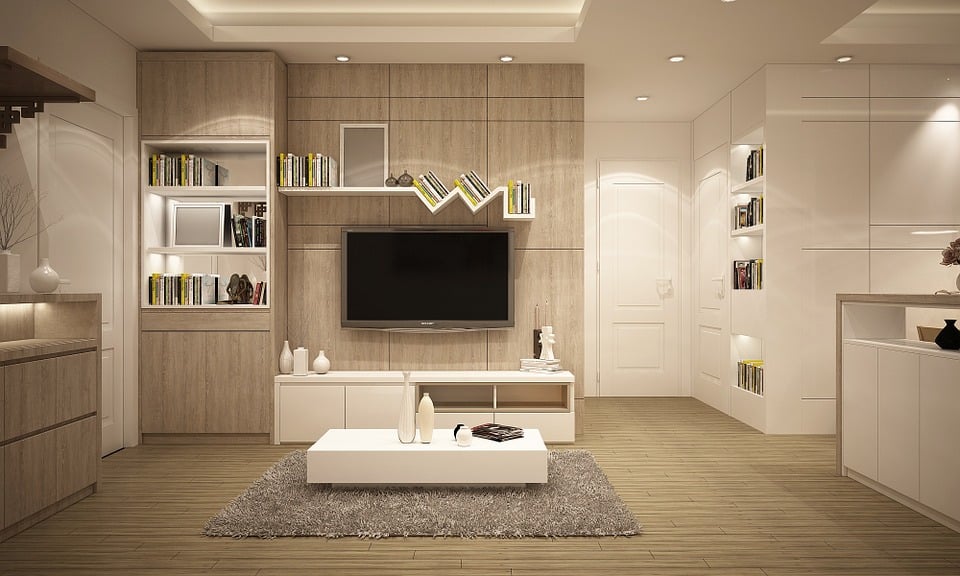


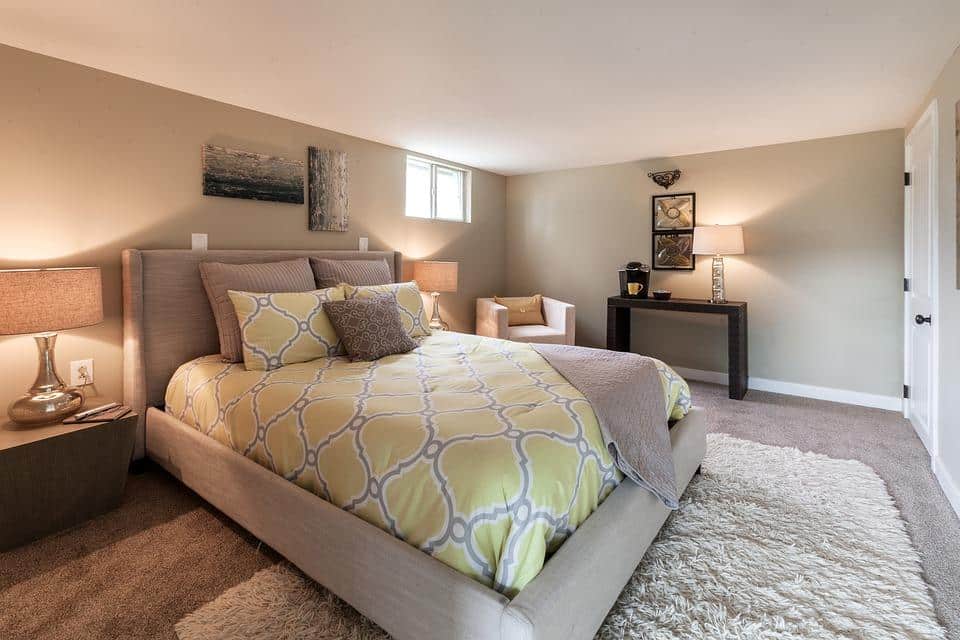

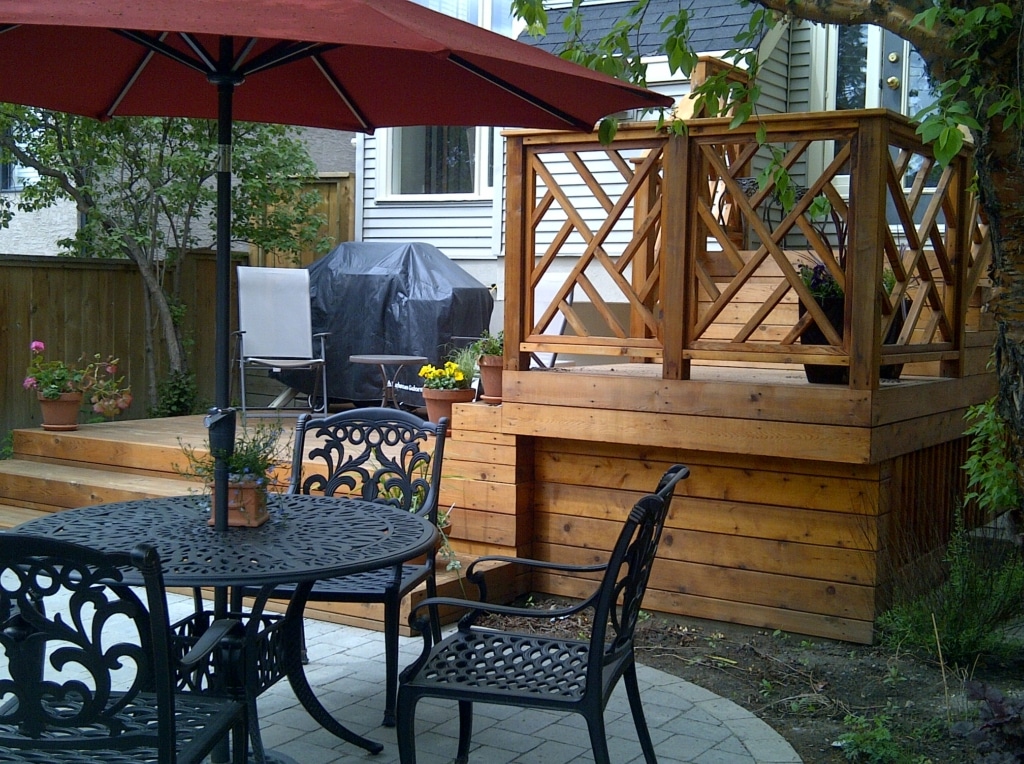
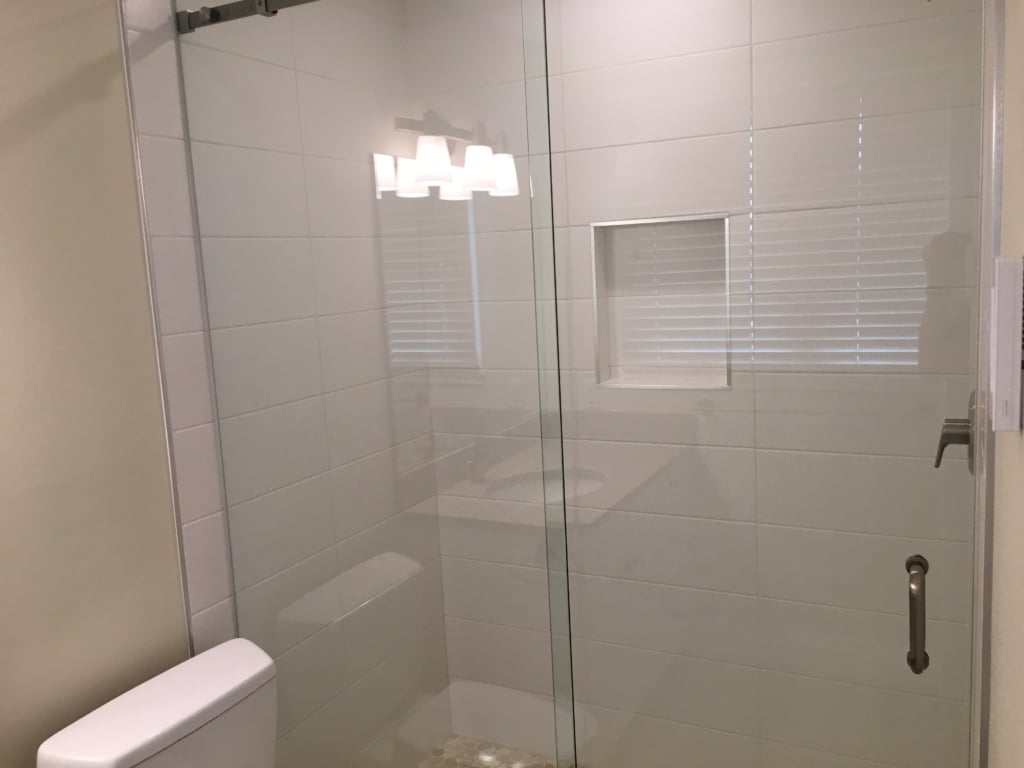
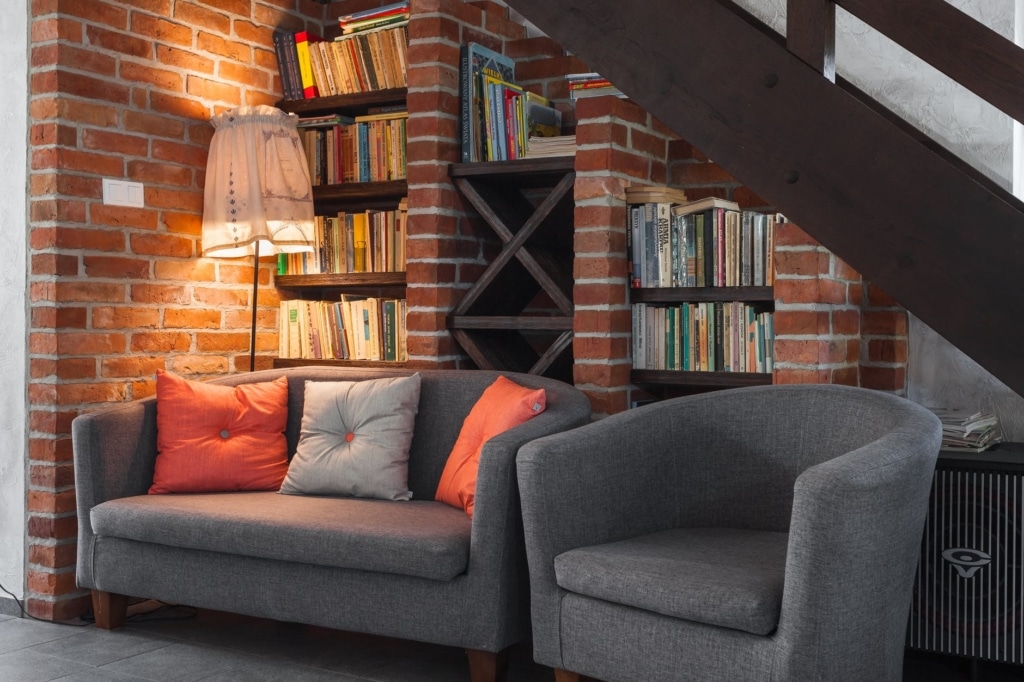


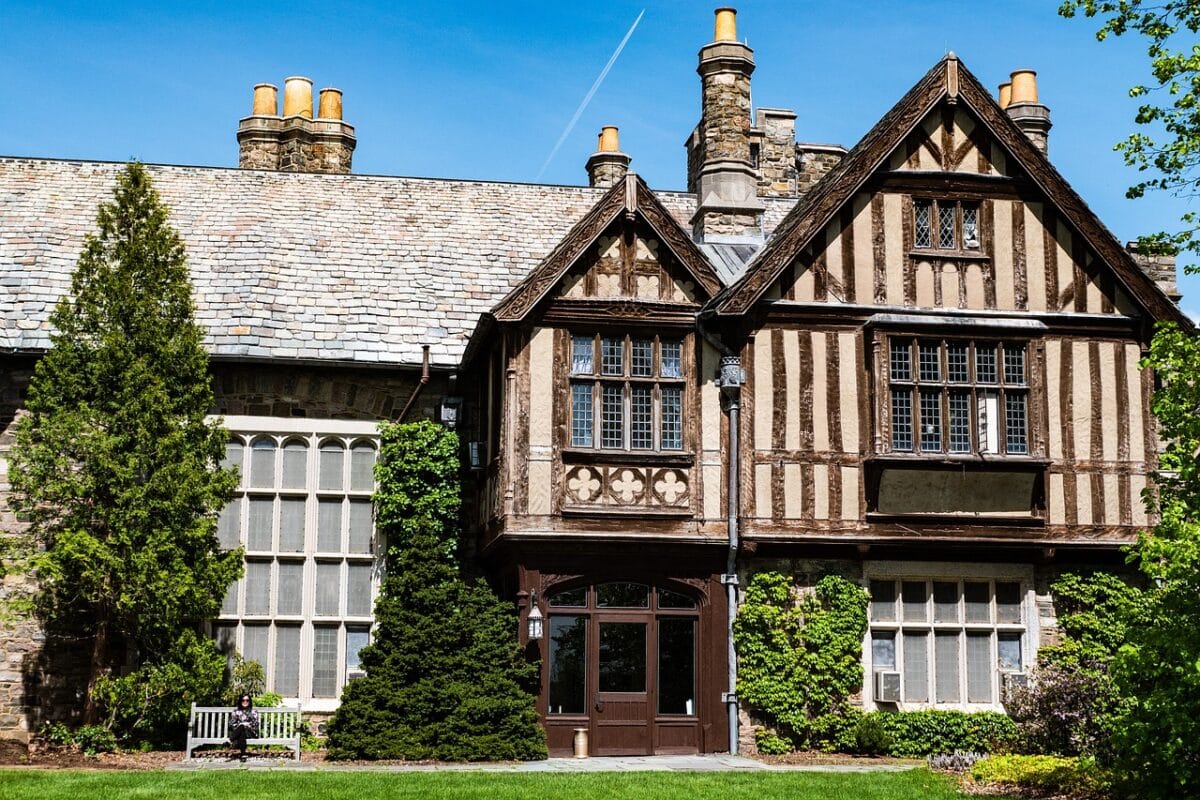
One thought on “What are the 3 Types of Home Lighting?”